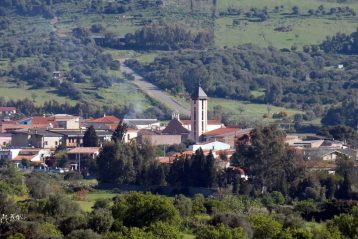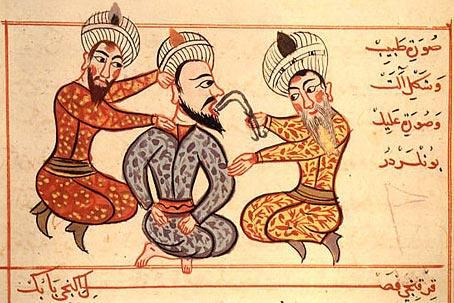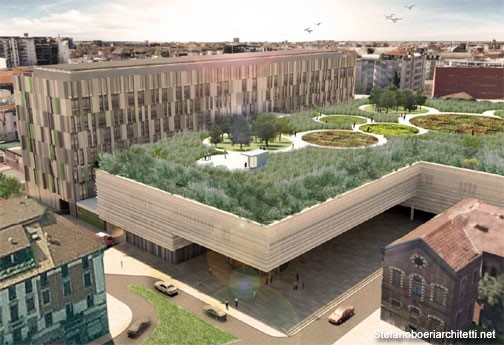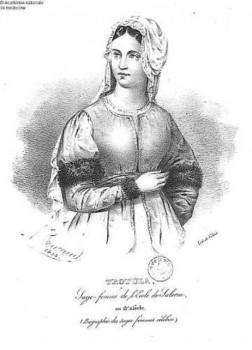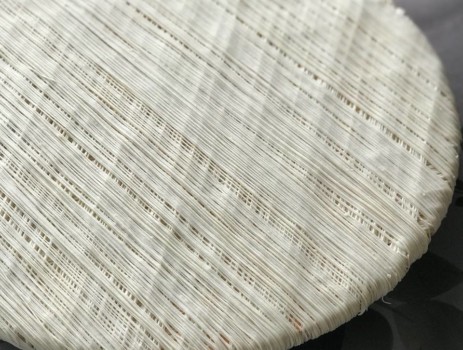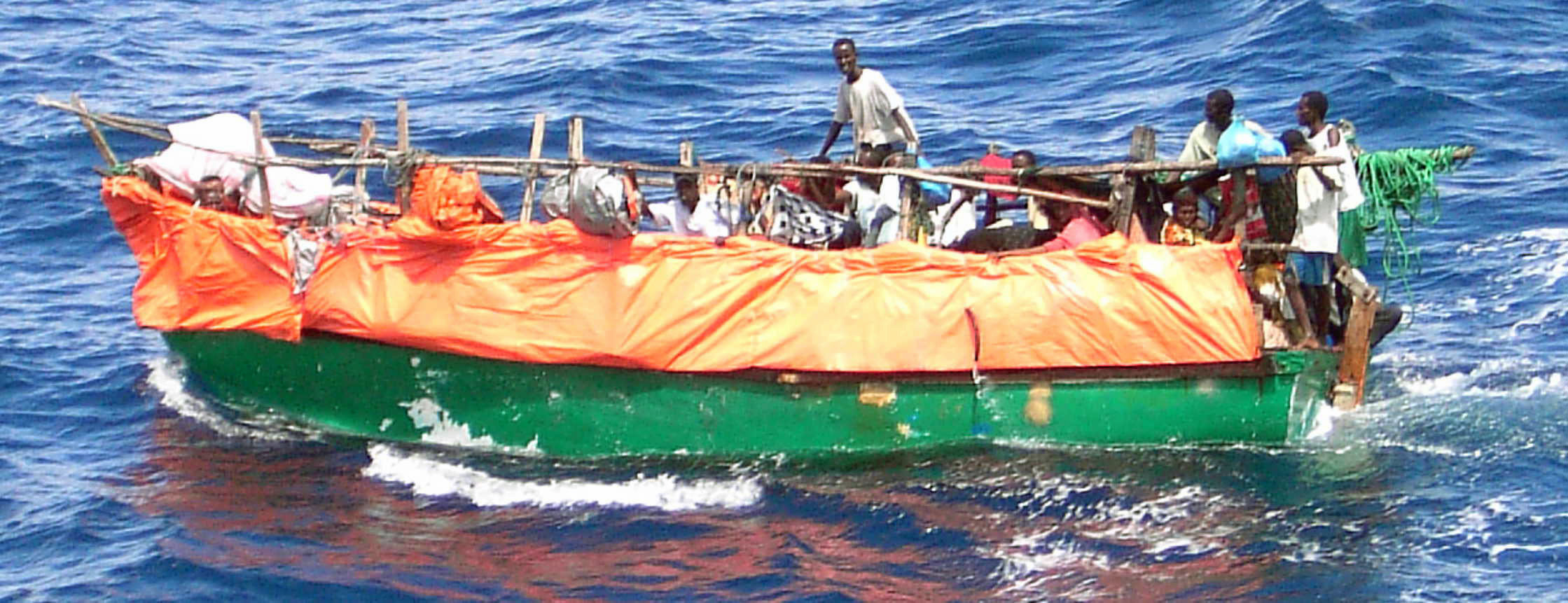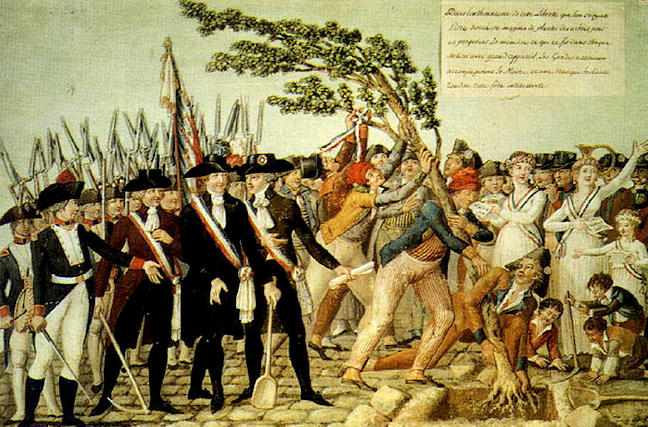
Written by Branka Kurtz
The nations that will be seriously addressed with their generic future, most likely they will have a future.
C. D. Darlington
Genetic origins of a nation forms a part of the history of the nations, and the result is moving and increasing the number of populations. Discoveries about the genetic structure of individual nations indicate that we should distinguish between genetic origin of the people from creating of political peoples / nations (ethnogenesis). These are separate processes, but the determination of genetic origin helps in understanding the history and shaping the political nation.
Genetic origin should be distinguished from genetic history. Genetic nation includes population structure, and knowledge of events and processes that have led to such a structure. Genetic structure of a population is the sum of the percentages of a gene, that was with the molecular-genetic analysis determined on an individual sample. Genetic history of people shows up only as a result of the emergence of new genes and disappearance of old genes – this evolution is the emergence of genes that form the structure of a population includingall inhabitants of Earth.
In the development of knowledge about the genetic origins, first question that asked the answer was: whether there are genes that do not change the sequence of male and femalegenerations and whether there are molecular analytical methods by which these genes can be detected?
This means that we ask ourselves whether there are genes that carry today’s inhabitantsof our planet, and that they certainly had their parents and grandparents, and also their ancestors who lived in the distant past. Although it changed (mutated), that gene has remained all this time to a permanent site (locus) on chromosome. When it detects a sequence of mutations, exactly by means of creation and diversity on the same place (locus) reveals the geographical origin of these genes and their migration. The answer to the question of origin is required for the individual. Since the set of individuals makes the population knowledge about the origin of a group of individuals, can make conclusions about the origin of the entire population. Another question that was supposed to answer was related to the dynamics of population, and sought to answer the question: how, why, where where and at what time the size of the population was growing? The answer to these questions required a detecting and understanding the initiation and spread of neolithic revolution, and understanding the origins of food production methods and the geographic spread offood production. Previous studies of genetic origin and results of genetic analysis enable interpretation of the genetic origin of Croats. There are only a few works among the haplotype analysis on the Y chromosome contains analysis of samples from Croatia. When such research the study of scientific works is unavoidable, that are dealing with other nations and regions because they allow understanding of geographic origins of individual haplotypes, their distribution on the Earth and spreading.
In the text, the Croatian origin is used as an expression, as a synonym for the origin of the population from the Croatian population. Whereas, according to the census of 2001., in a population of Croatian population was 89.65% od Croats, with a considerable percentage of unknown ethnicity. However, the Croats living outside of the Croatia. We need to distinguish the genetic origins of the people from creation of political peoples / nations (ethnogenesis). Individual haplotypes are not associated with ethnicity. Authors of scientific works from the field of genetics give them sometimes, purpose of identification, names of the nations or groups in which was revealed their biggest percentage.











